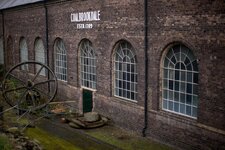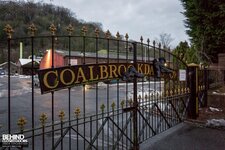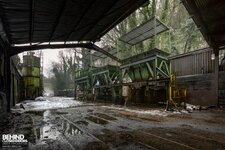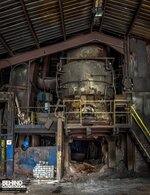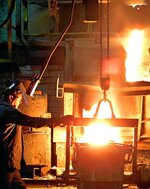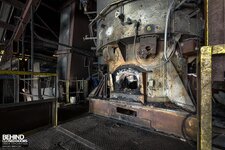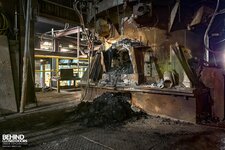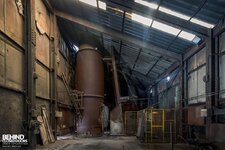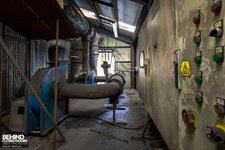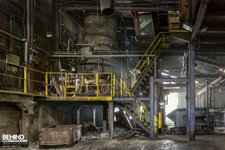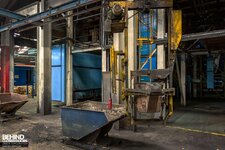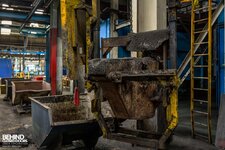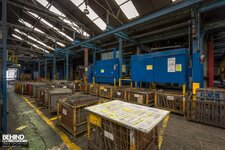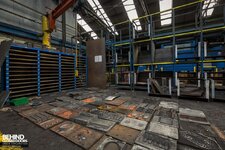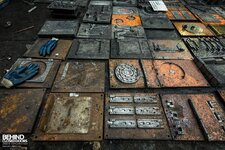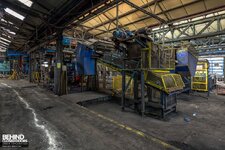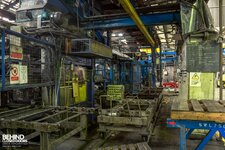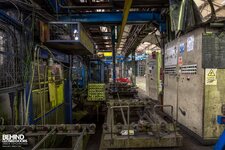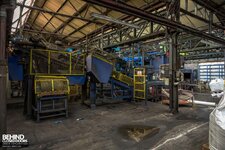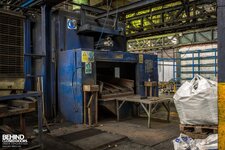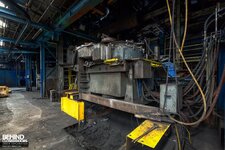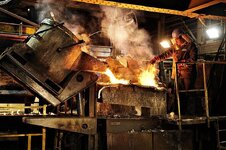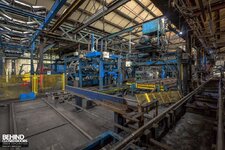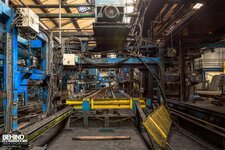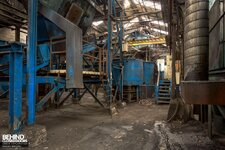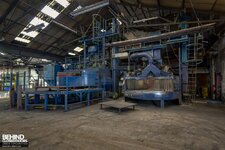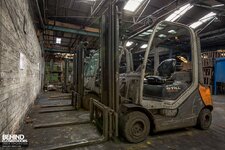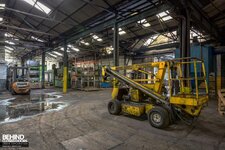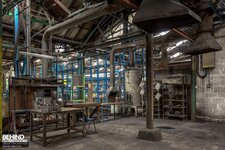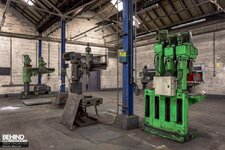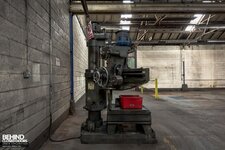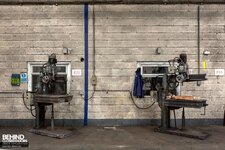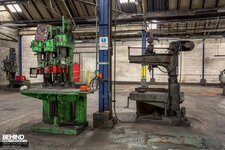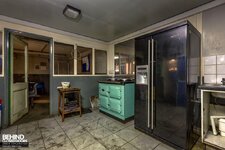The history of Coalbrookdale foundry dates back all the way to 1572 when the land was passed to John Brooke who developed coal mining there on a substantial scale. A blast furnace was built at the site to produce iron, which blew up in 1703. It remained derelict until the arrival of Abraham Darby I in 1709. Abraham Darby I set about rebuilding the Coalbrookdale Furnace, using coke as the fuel. His business was that of an iron founder, making cast iron pots and other goods, an activity in which he was particularly successful because of his patented foundry method, which enabled him to produce cheaper pots than his rivals. The furnace was the first coke-fired blast furnace to operate successfully for a prolonged period of time.
Following the death of Abraham Darby II, Abraham Darby II was brought into the business as an assistant manager when old enough. The Company also became early suppliers of steam engine cylinders in this period. Experiments took place with the application of coke pig iron to the production of bar iron in charcoal finery forges. This proved to be a success, and led to the beginning of a great expansion in coke iron making.
In 1768, the company began to produce the first cast iron rails for railways. In 1778, Abraham Darby III undertook the building of the world’s first cast iron bridge, the iconic Iron Bridge, opened in 1780. The fame of this bridge leads many people today to associate the Industrial Revolution with the neighbouring village of Ironbridge, but in fact most of the work was done at Coalbrookdale, as there was no settlement at Ironbridge in the eighteenth century.
The blast furnaces were closed down, perhaps as early as the 1820s, but the foundries remained in use. The Coalbrookdale Company became part of an alliance of iron founding companies who were absorbed by Allied Iron founders Limited in 1929. This was in turn taken over by Glynwed which has since become Aga Foodservice. Castings for Aga Rayburn cookers were produced at Coalbrookdale until its closure in November 2017.
The Coalbrookdale Foundry – this area has since been converted into a museum
Following the death of Abraham Darby II, Abraham Darby II was brought into the business as an assistant manager when old enough. The Company also became early suppliers of steam engine cylinders in this period. Experiments took place with the application of coke pig iron to the production of bar iron in charcoal finery forges. This proved to be a success, and led to the beginning of a great expansion in coke iron making.
In 1768, the company began to produce the first cast iron rails for railways. In 1778, Abraham Darby III undertook the building of the world’s first cast iron bridge, the iconic Iron Bridge, opened in 1780. The fame of this bridge leads many people today to associate the Industrial Revolution with the neighbouring village of Ironbridge, but in fact most of the work was done at Coalbrookdale, as there was no settlement at Ironbridge in the eighteenth century.
Workers boots hung on the front gate
The blast furnaces were closed down, perhaps as early as the 1820s, but the foundries remained in use. The Coalbrookdale Company became part of an alliance of iron founding companies who were absorbed by Allied Iron founders Limited in 1929. This was in turn taken over by Glynwed which has since become Aga Foodservice. Castings for Aga Rayburn cookers were produced at Coalbrookdale until its closure in November 2017.
Delivery yard, where the raw materials and scrap iron arrive
One of the two cupolas, seen from the melt shop delivery yard
Archive image of molten iron being taken from the cupola
Number 1 cupola. This mini blast furnace melted the iron ready to be cast.
Number 2 furnace
Above the furnaces
Compressors which blew air into the cupolas
Rear of the furnaces
Ladles hanging from an overhead rail system for transporting molten iron
One of the ladles
Moving into the casting area where we find racks of moulds
Patterns laid out on the floor
Patterns laid out on the floor
The main casting shop contains a fair bit of automated casting equipment
Beside the production line with wagons on rails for transporting castings
Casting production line
Casting production line
End of the casting line
Casting machine, where the molten iron is pored into
Archive image of molten iron being poured into cast
Automated production lines
Automated production lines
Tanks and conveyors
Towards the end of the factory we find more machinery
Forklift trucks
Cherry picker
Extraction hoods in an old part of the site
The workshops shop contained a handful of machines
Dress in the machine shop
A pair of drills
More drill-presses
Finally, some of their finished products – an Aga in the canteen along with a Rangemaster fridge
Last edited by a moderator:

